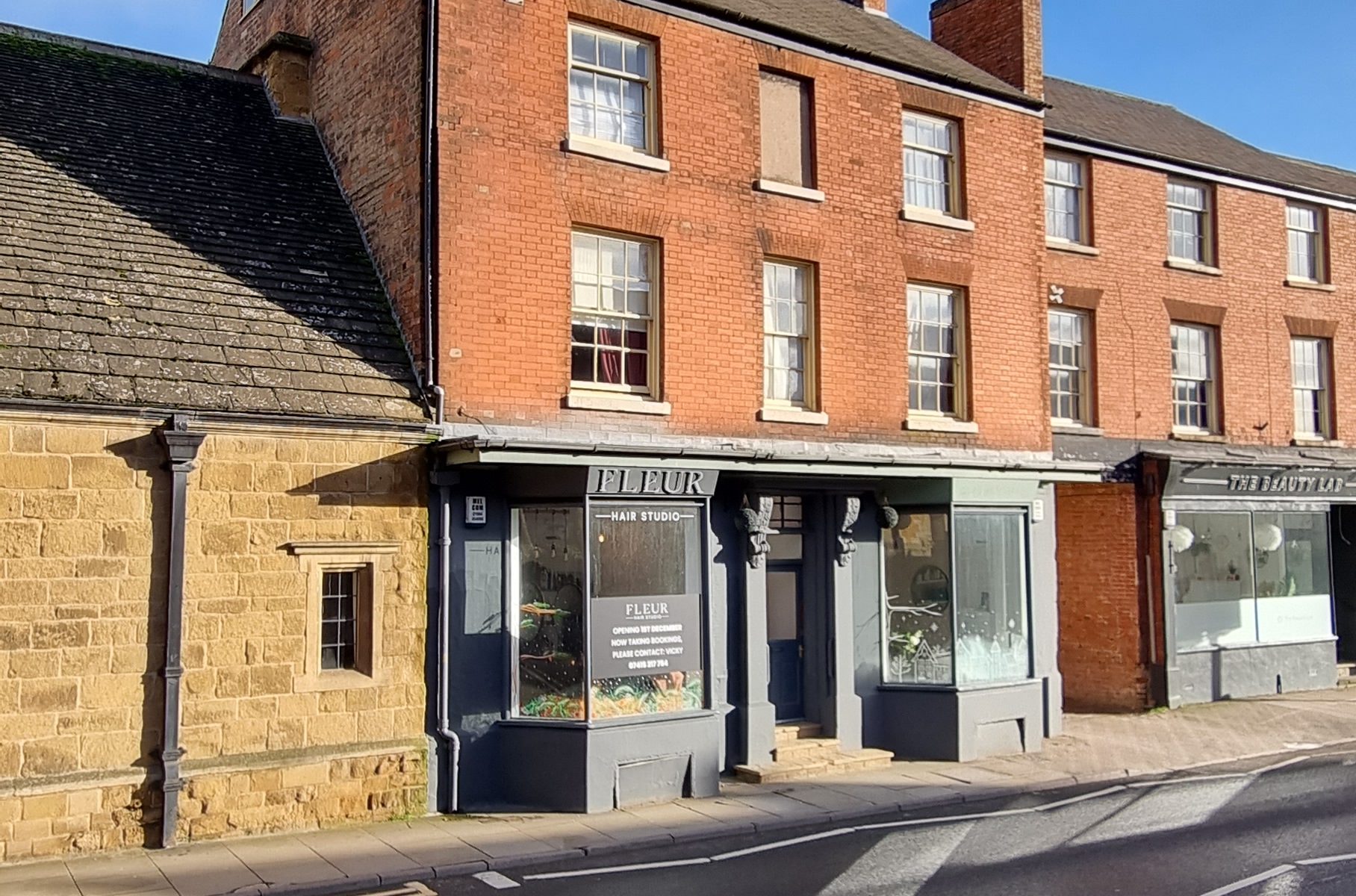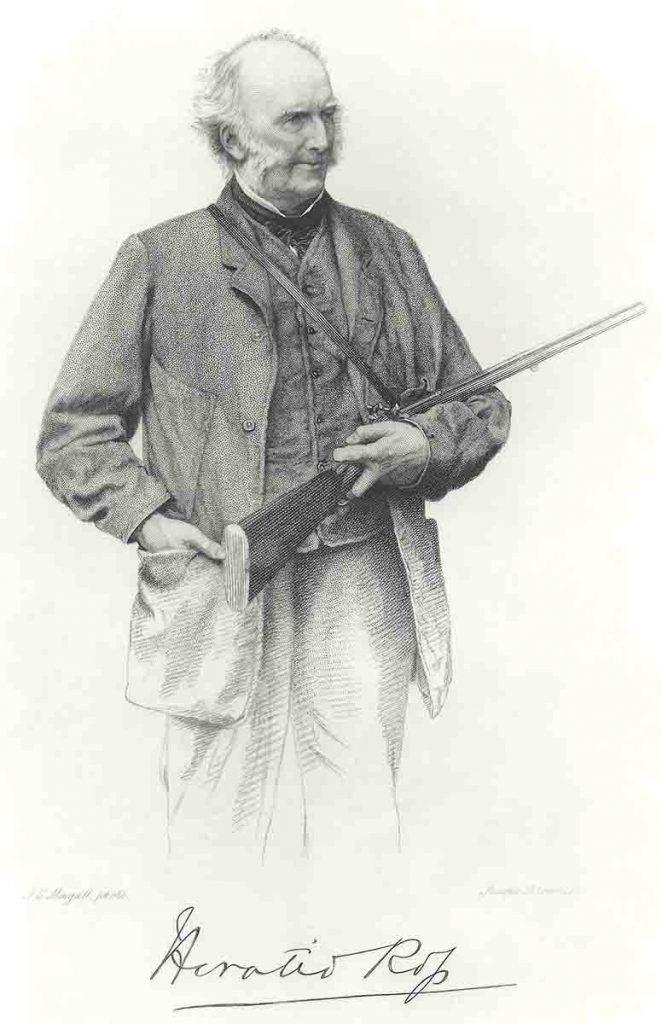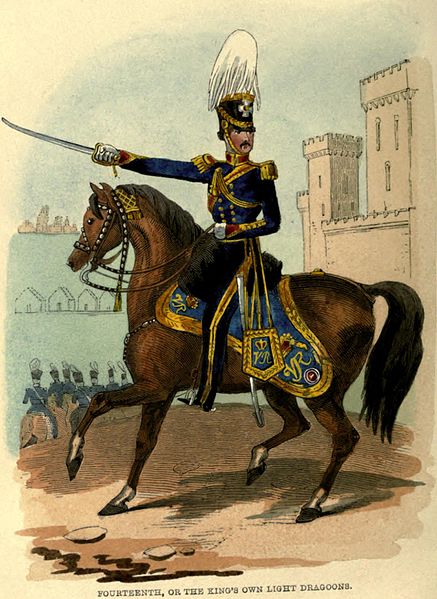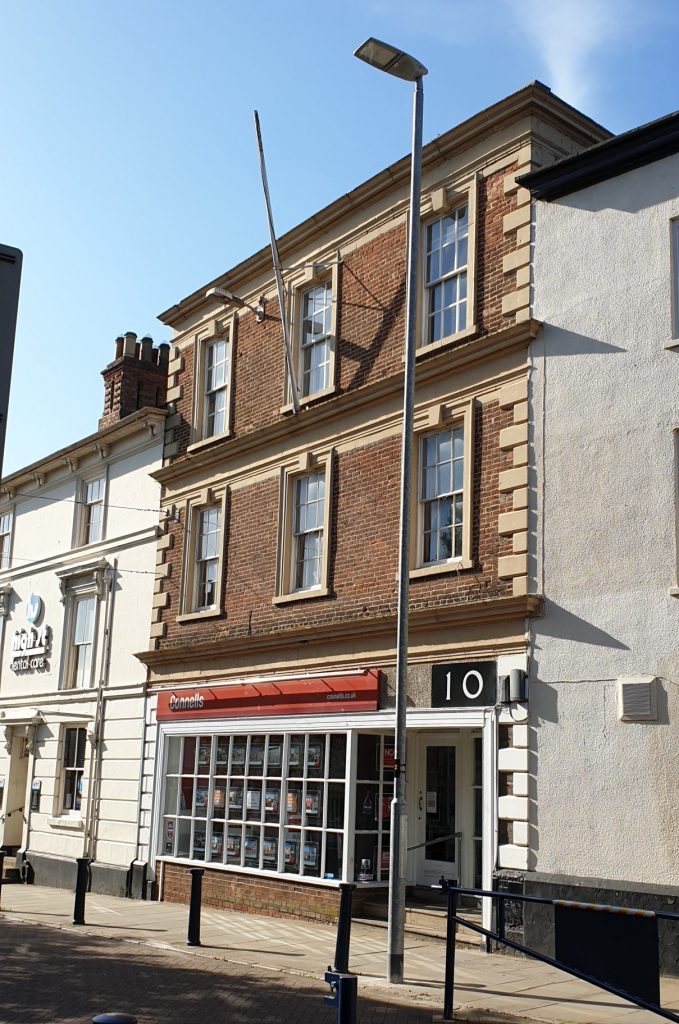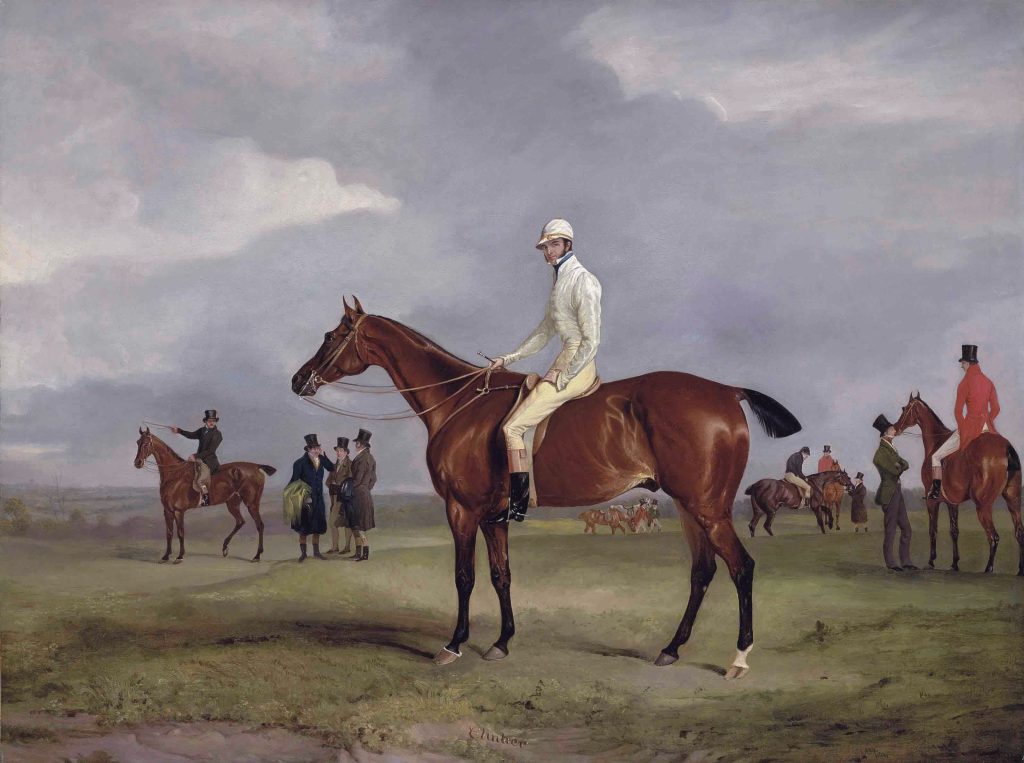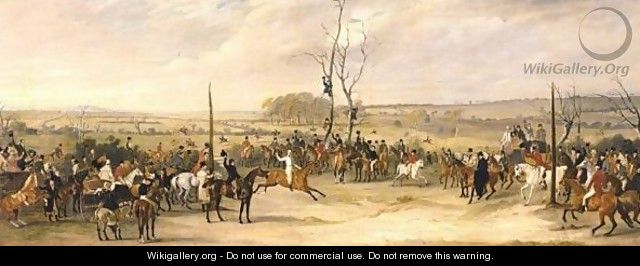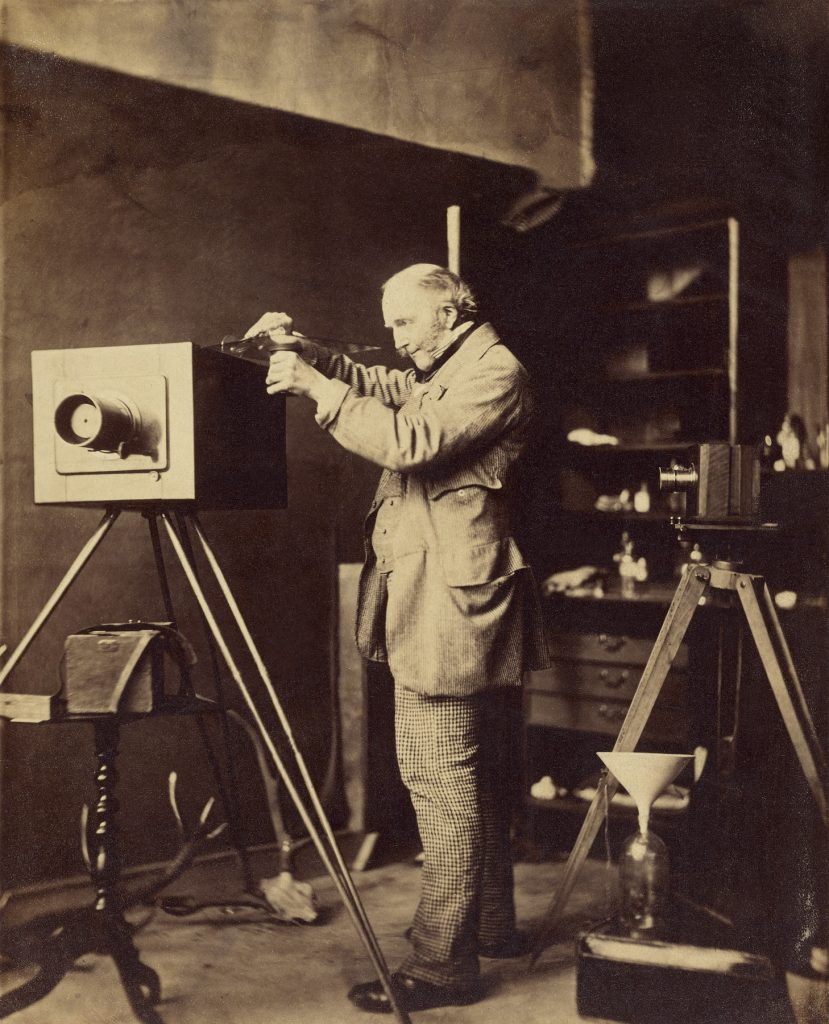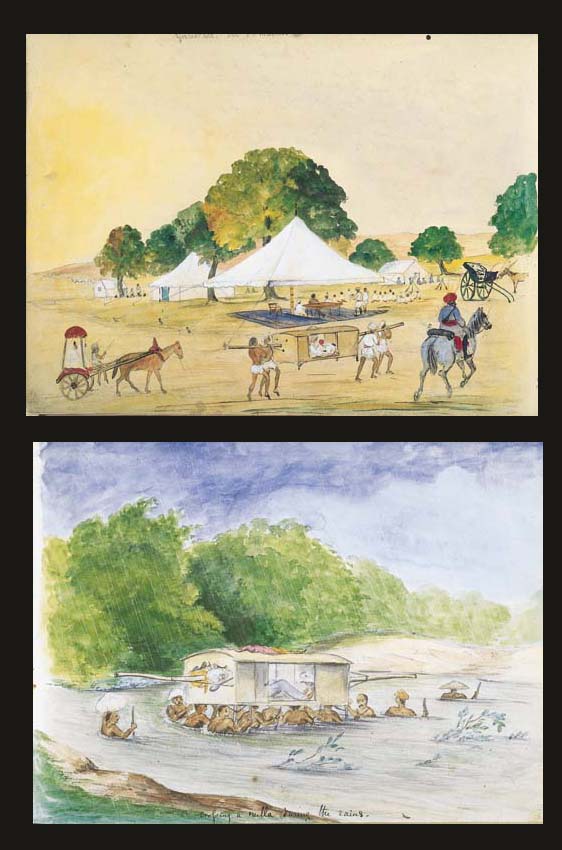Craufurd (Crawfurd/Crawford) House, No 19 Burton Street was named after Lieutenant-Colonel Alexander Charles Craufurd.
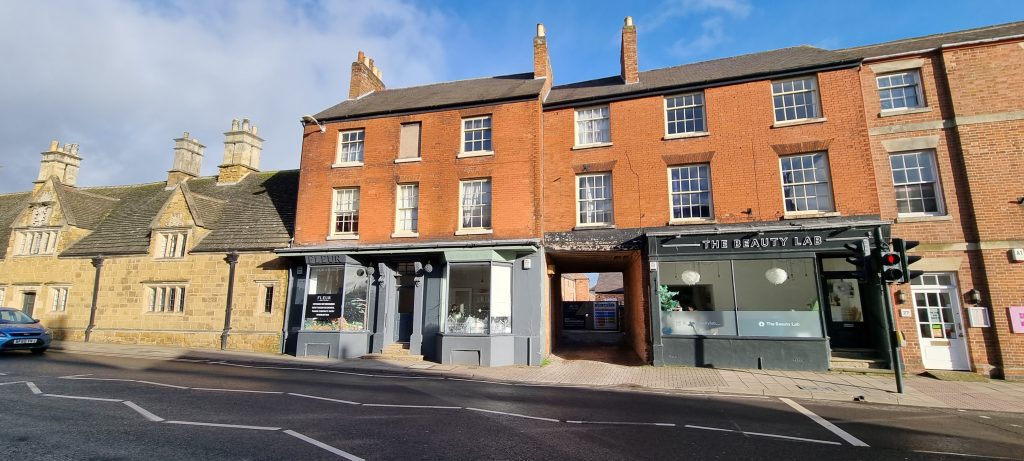
Before becoming a private house, the property was the “Three Horse Shoes” public house kept by Mr J Adcock.
Alex was born on 30 Jun 1794 and was the 2nd eldest of 4 children for Sir James Gregan-Craufurd (2nd Baronet of Kilburney) and his wife Maria Theresa. Maria was the daughter of General Thomas Gage, Commander in Chief of the British Forces in North America.
Alex’s elder brother was Thomas, and the younger siblings were Jane and George.
Alex was educated at Eton and then went to Trinity College, Cambridge on 19th Mar 1810. Whilst at Eton, he became known as “Tea Pot Craufurd” through his tendency for brewing tea in a black teapot. He kept and cherished this tea pot whilst he was a soldier in the Peninsular War.
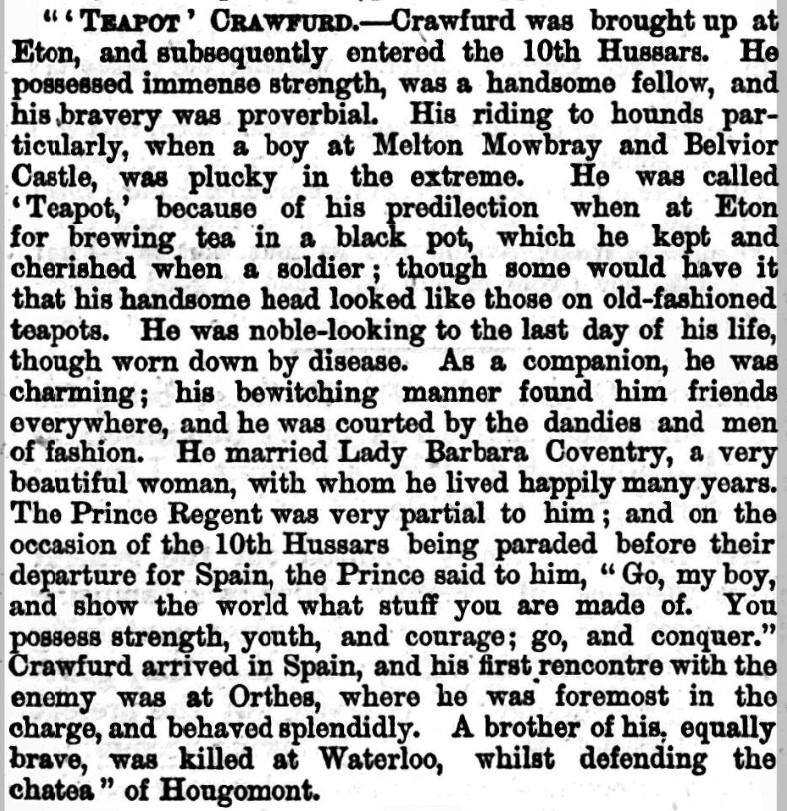
In his spare time he enjoyed riding with the hounds at Melton Mowbray and Belvoir Castle where he was described as “Plucky in the extreme”.
After leaving Trinity College, he joined the Army and on the 3rd Jun 1811 he became an Ensign in the 1st Battalion 3rd Regiment of Foot Guards. He was assigned as a replacement for Ensign George Parker Cookson who was killed in action at the Battle of Fuentes de Onora on the 5th May 1811.
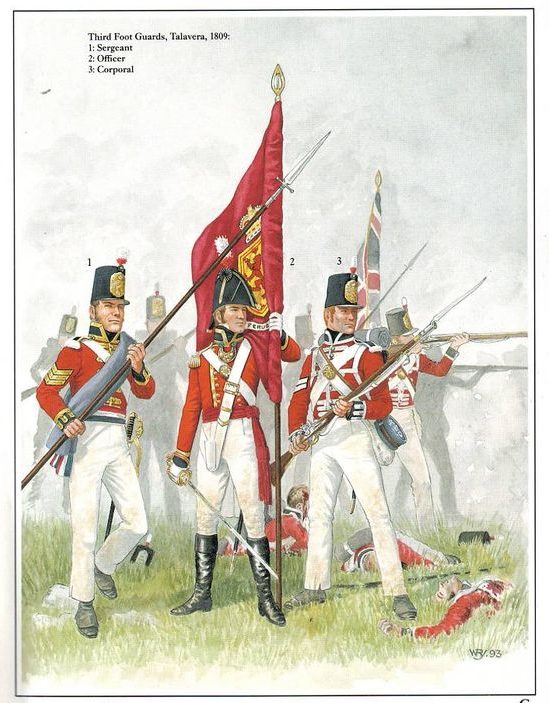
After Fuentes de Onora, the Regiment moved onto Celerico; Pinhel. In January 1812, the Regiment took part in the Siege of Ciudad Rodrigo in Spain from the 7th –20th January.
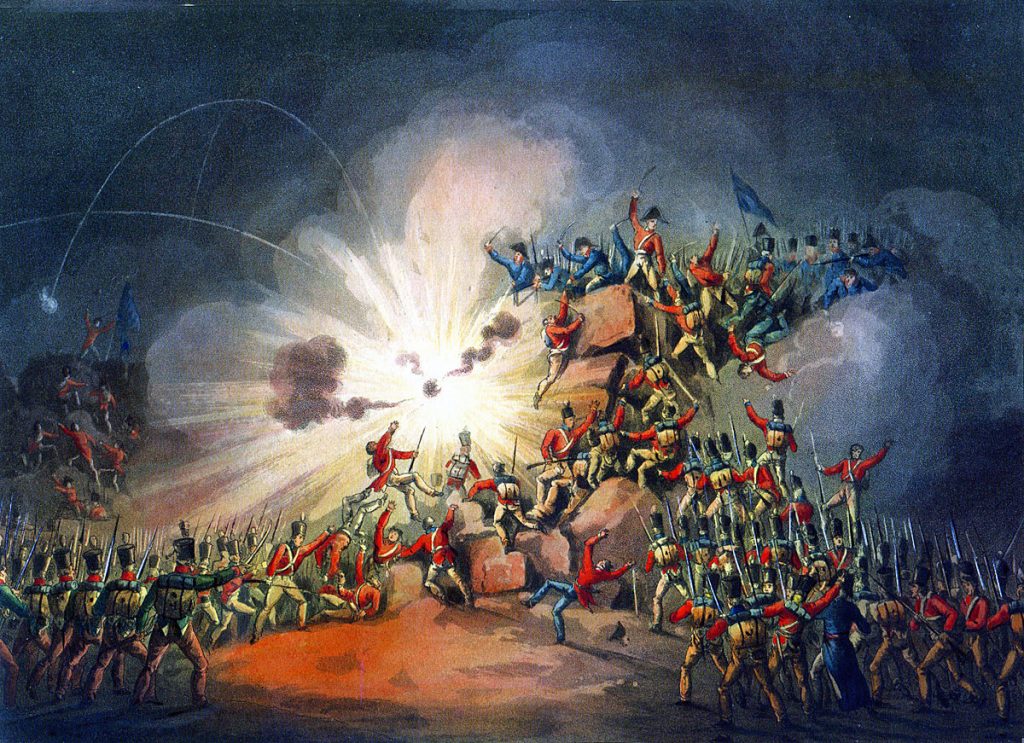
The casualties were heavy for the British, with over 500 being killed, wounded or missing during the assault and over 1,000 casualties in total for the siege, though despite this, the British took Ciudad Rodrigo. It was during this Siege that Alex’s uncle, Major General Robert Craufurd, who Commanded the Light Division, was mortally wounded on the 19th January 1812 whilst directing the stormers of the Light Division.

Robert, who was known as ‘Black Bob’ due to his habit of heavily cursing when losing his temper, his nature as a strict disciplinarian and even to his noticeably dark and heavy facial stubble was carried out of action by his staff officer, Lieutenant Shaw of the 43rd. After lingering four days, he died on 23rd January 1812 and was buried in the breach of the fortress where he had met his death.
The next major engagement for Alex and the 1st Battalion was the Battle of Salamanca or as the French & Spanish called it the Battle of Arapiles which took place on the 22nd July 1812.
Salamanca was another victory for Wellington, although the Allied losses numbered 3,129 British and 2,038 Portuguese dead or wounded. The Spanish troops took no part in the battle as they were positioned to block French escape routes and suffered just six casualties. The French suffered about 13,000 dead, wounded and captured.
As a consequence of Wellington’s victory at Salamanca, his army was able to advance to Madrid and liberate the city for two months, before
Engaging the French again at the Siege of Burgos.
During 1813, Alex’s Regiment took part in the Battle of Vittoria; the Siege of San Sebastian, the Battle of Bidassoa and the Battle of Nive.
Alex was promoted from Ensign to Lieutenant (by purchase) and transferred from 3rd Regiment of Foot Guards to the 10th Light Dragoons.
In 1806 the 10th Light Dragoons became the first hussar regiment in the British Army, in imitation of the famous Hungarian light cavalry.
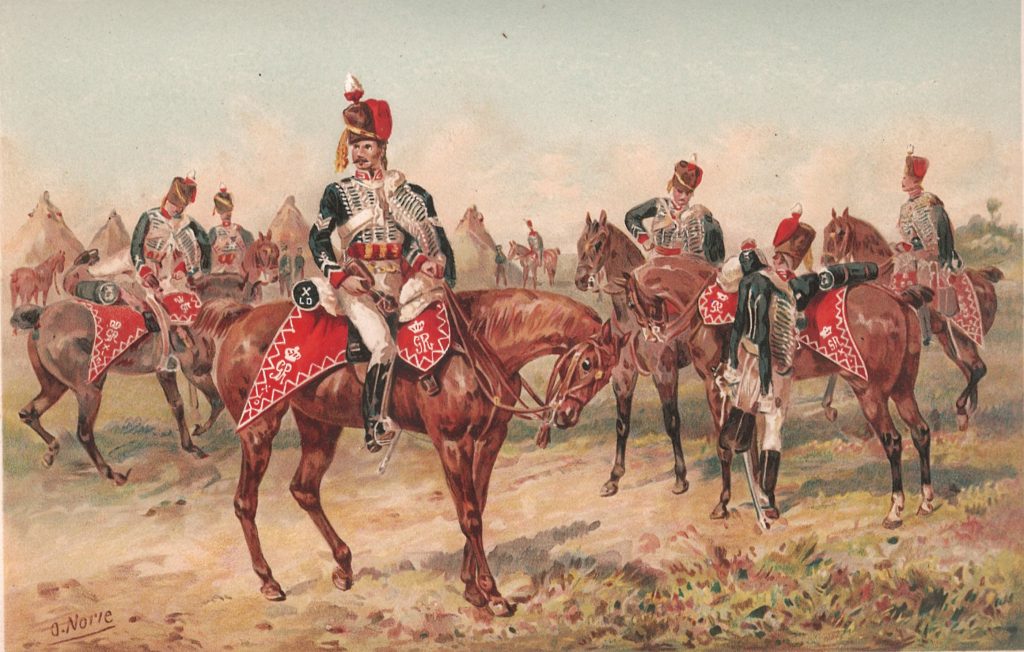
The 10th (Prince of Wales’s Own) Regiment of (Light) Dragoons (Hussars), had been based in England since 1809 and were returning to Spain in the Summer of 1813.
Lieut-Col Alex Craufurd was a friend of the Prince Regent and when the 10th Hussars paraded before him before their departure for Spain, the Prince said to him “Go, my boy, and show the world what stuff you are made of. You possess strength, youth, and courage, go, and conquer”.
After arriving in Spain, the 10th Hussars fought in the Battle of Morales on the 2nd June 1814, followed by the Battle 0f Vitoria on the 21st June. After Vitioria, the Regiment advanced into France and fought in the Battle of Orthez on the 27th February 1814, where he was first in the charge and by all accounts, behaved splendidly.
Another Meltonian who served with the 10th Hussars during the Peninsular Wars was Colonel Charles Wyndham, of Wyndham Lodge, Melton Mowbray. You can read more about him in one of my earlier blogs here. Colonel Charles Wyndham.
On the 9th June 1814, Alex was promoted to Captain and transferred from the 10th Light Dragoons to the 2nd Ceylon Regiment. The 2nd Ceylon Regiment, also known as the Sepoy Corps, was first raised in 1802, the British became the first foreign power to raise a regular unit of Sinhalese with British officers. (Sinhalese people are an Indo-Aryan ethnolinguistic group native to the island of Ceylon or as we call it today, Sri Lanka).
In 1815 at the Battle of Waterloo, Alex volunteered to take part in the Battle and was transferred from the 2nd Ceylon Regiment and joined the 12th Lancers (or the Prince of Wales’s Regiment of Light Dragoons) as a Captain.
During the Battle of Waterloo, Alex’s eldest brother, Thomas Crauford was killed whilst serving with the Scots Guards at Hougemont. He is commemorated with a memorial tablet on the garden wall at Hougemont.
Alex & Thomas’s sister, Jane, was present at the Duchess of Richmond’s Ball at Brussels, where she witnessed the departure of the troops and the return of the wounded.
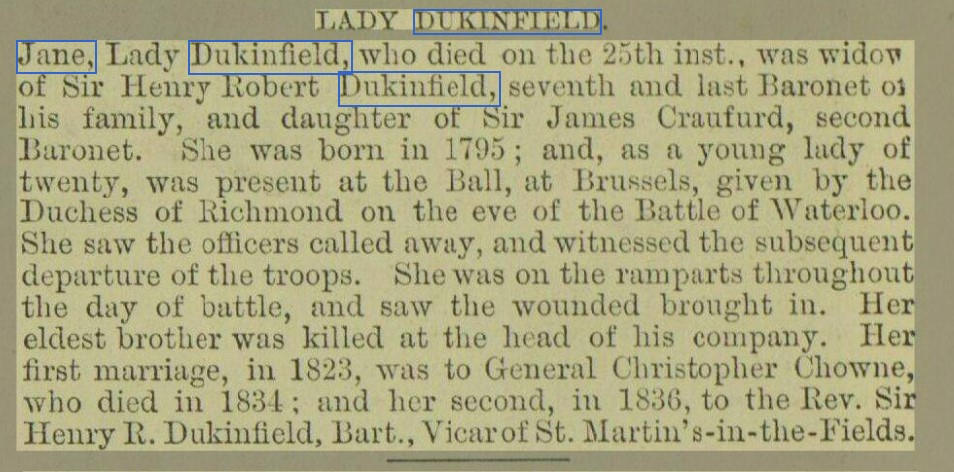
Alex married his wife, The Honorable Lady Barbara Coventry at St George’s Church, Hanover Square in Lndon on the 23rd July 1818.
Barbara was the daughter of George William (7th Earl)(Viscount Deerhurst) COVENTRY. She was the Aunt to Henry Amelius Coventry who purchased Lord Rokeby’s Club on Burton Street, which later became known as Coventry House.
At some point after Waterloo, Alex was transferred to the 60th Regiment of Foot as on the 26th Oct 1820 he was officially transferred from them back to the 12th Light Dragoons.
Just less than a year later, he was promoted to Major (Brevet) on the 30th Aug 1821 staying with the 12th Light Dragoons an in August 1824, he was promoted to Major (by purchase) and transferred from 12th Light Dragoons to the Cape Corps (Cavalry).
The Cape Corps consisted of two small units of about 200 men for the defence of the Cape Colony’s eastern frontier. The two units were named the Cape Cavalry (consisting of one troop of dragoons) and the Cape Light Infantry.
On the 24th Jun 1825, Alex was transferred with the rank of Major from Cape Corps (Cavalry) to the 8th King’s Royal Irish Hussar (Light Dragoons). Almost a year later, he purchased his promotion to Lieutenant-Colonel and transferred to 94th Regiment of Foot.
On the 6th Aug 1829, he came off the half pay list on exchange with Henry Salway to be Captain and Lieutenant-Colonel in the Coldstream Regiment of Foot Guards.
Alex died on the 12th March 1838 aged 43 and was buried at Gresley Parish Church near Swadlincote Derbyshire on 17th March 1838.

